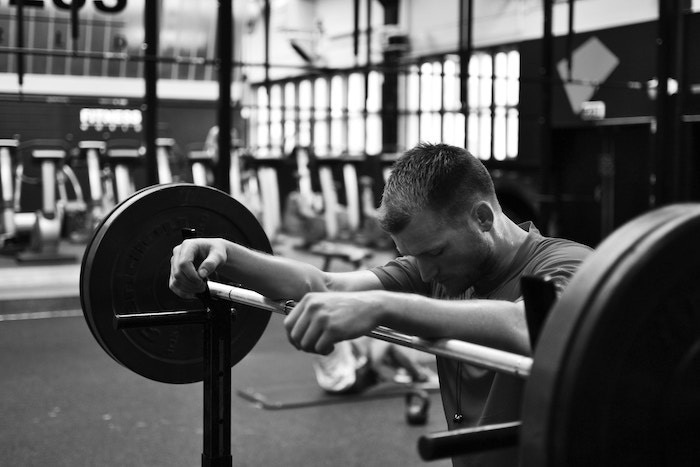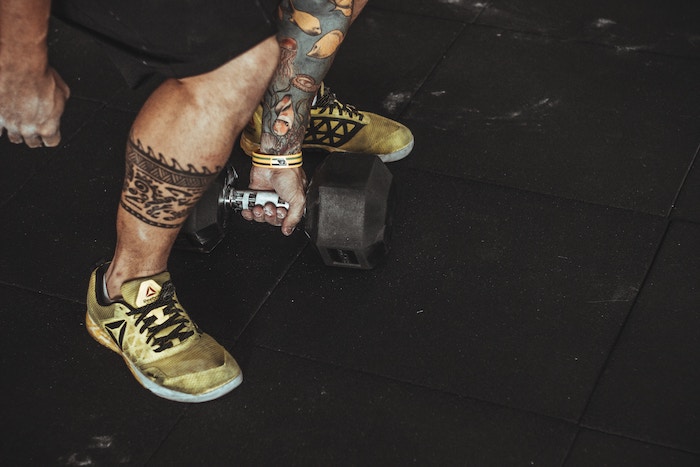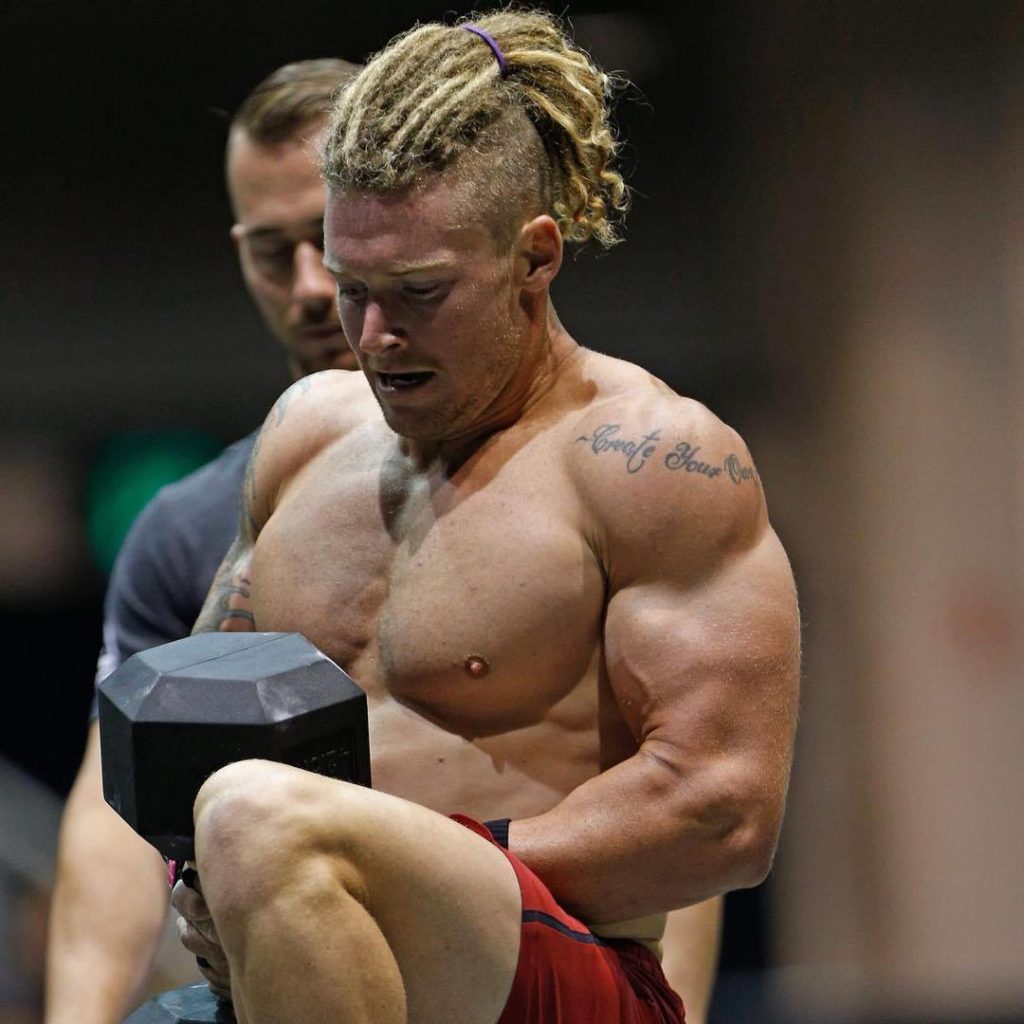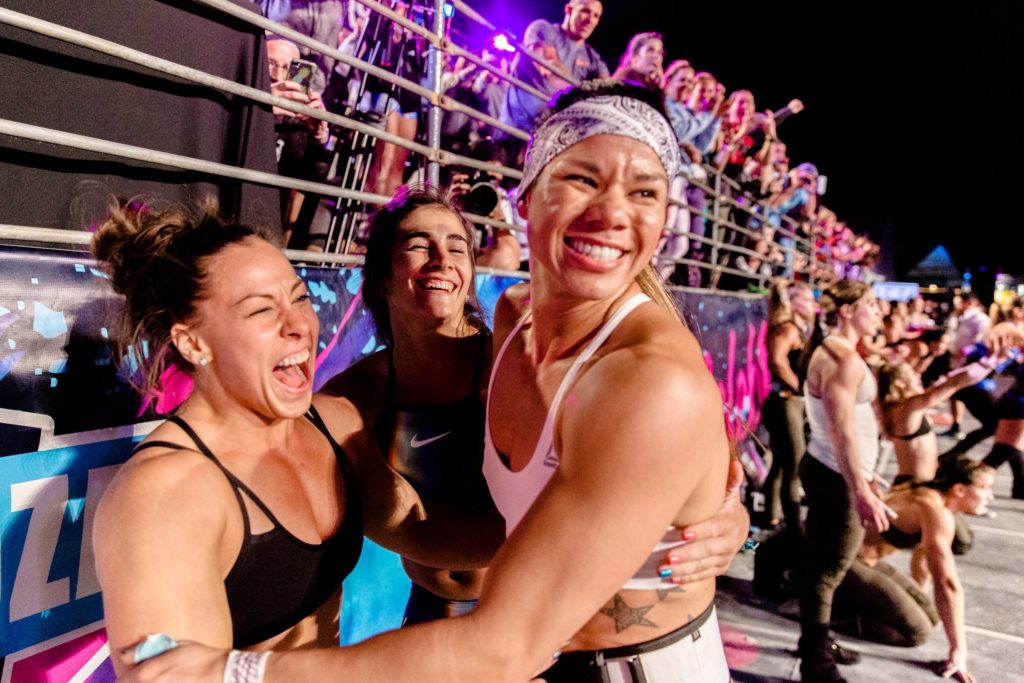Rendir bajo presión: ¿nadas o te ahogas?

El rendimiento bajo condiciones de presión es algo que se ha estudiado ampliamente en la Psicología Deportiva. Los mecanismos cognitivos, fisiológicos y comportamentales que subyacen a los bajones de rendimiento son de interés para deportistas de élite. Fruto de esa investigación, surge un conocimiento que nos es útil a todos los que practicamos deporte. En cualquier momento nos puede ocurrir que rindamos por debajo de nuestra expectativa. Es importante que sepamos analizar las causas para impedir su ocurrencia en el futuro.
En este sentido, el impacto psicológico de ese primer desencuentro competitivo puede llegar a romper a un atleta (Sutton y McIlWain, 2015). A Rich Froning le pasó en la final de los CrossFit Games de 2010. Y a Tia Clair-Toomey en la final de los CrossFit Games de 2016. Ambos fallaron en su estrategia para abordar la final y sucumbieron a la presión.
Tras un período necesario de reagrupamiento mental, volvieron con fuerzas renovadas a la competición. Ambos pasaron a ganar títulos en los Games de forma consecutiva. Froning convirtió las escaladas de cuerda en uno de sus movimientos estelares. Tia pasó de ser consistente entre las 5 primeras, a dominar y masacrar a la competencia en cualquier evento.
El objetivo de este artículo es sumergirnos en los aspectos psicológicos que explican estos defectos de rendimiento. Será entonces, cuando pasemos a ver cómo controlar el efecto de esos mecanismos para que actúen en nuestro favor.
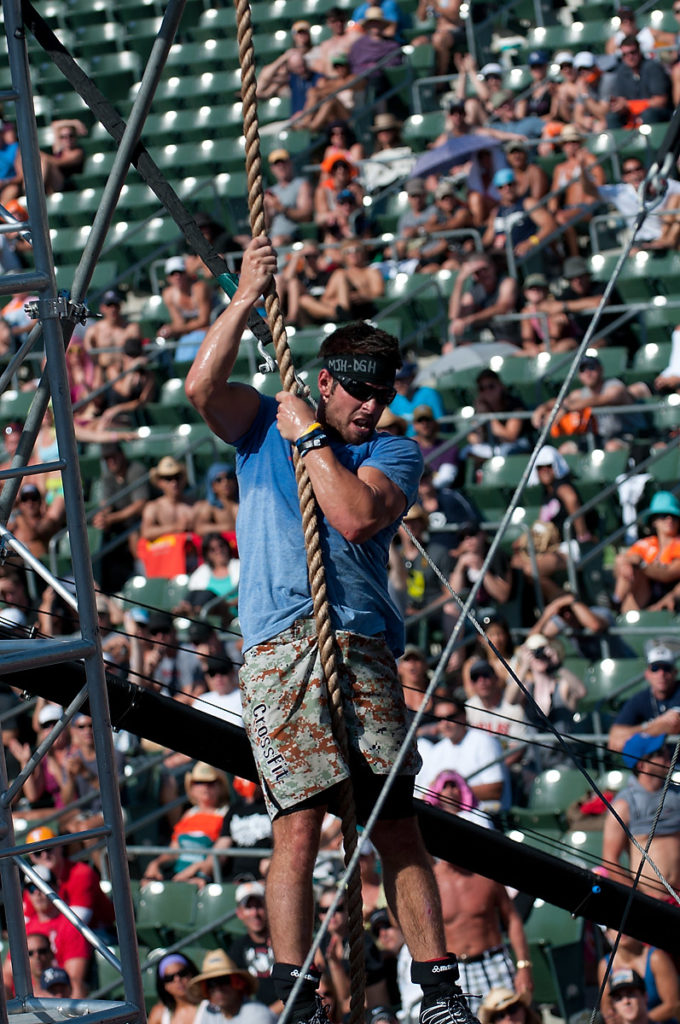
¿Por qué nos ahogamos bajo presión?
Antes de entrar en el cómo, necesitamos un por qué. La presión deportiva ejerce una fuerte influencia sobre el rendimiento pero cuáles son las especificaciones. La literatura científica al respecto, apoya dos corrientes teóricas: teorías de auto-focalización y teorías de distracción (Sutton y McIllwain, 2015).
Teorías de auto-focalización
La premisa de estas teorías es que las situaciones competitivas facilitan la aparición de un exceso de autoconciencia. Esto, conlleva un intento deliberado del deportista por controlar procesos motores que, en condiciones normales, están automatizados. Consecuentemente, aparecen los errores de ejecución. Otros modelos (Baumeister y Showers, 1986) añadieron factores mediadores: contingencias de refuerzo y castigo, complejidad de la tarea, nivel de habilidad, entre otros. Masters (1992) dio un paso más al aseverar que el conocimiento explícito de la habilidad es lo que interfiere con la ejecución. Cuando el atleta percibe que es indispensable lograr un rendimiento excelente, intenta controlar su ejecución usando conocimiento explícito.
La piedra angular de estas teorías es el concepto de la autoconciencia inducida por la presión. En etapas tempranas del aprendizaje de habilidades deportivas, el procesamiento controlado es necesario para monitorizar y perfeccionar. Con el tiempo, la maestría evoluciona hasta el punto en que ya no es necesario ejercer este nivel de procesamiento; se convierte en una habilidad automatizada. La autoconciencia consigue devolverte a esos estadios iniciales. Paradójicamente, el intento consciente por ejecutar una habilidad automática produce un efecto indeseado: el fallo.
Teorías de distracción
“El rendimiento bajo presión genera preocupaciones sobre la situación que compiten en memoria de trabajo con las operaciones de control que gobiernan la ejecución de la tarea, complicando esos procesos y, consecuentemente, el rendimiento.” (Sutton y McIllwain, 2015) Para estas teorías, el aspecto fundamental es la limitación que restringe la actuación de nuestra memoria de trabajo (encargada de almacenar y elaborar información de forma temporal).
Cuando realizamos cualquier tarea en un contexto deportivo, nuestra memoria operativa está bajo grandes exigencias. Necesita analizar y actualizar información que le llega de la competición a la vez que monitoriza nuestro movimiento. Los recursos de los que dispone son escasos ya para empezar. Si incrementamos la demanda introduciendo pensamientos negativos o preocupaciones, los recursos destinados a permitir el rendimiento bajan aún más, llevando a errores de ejecución.
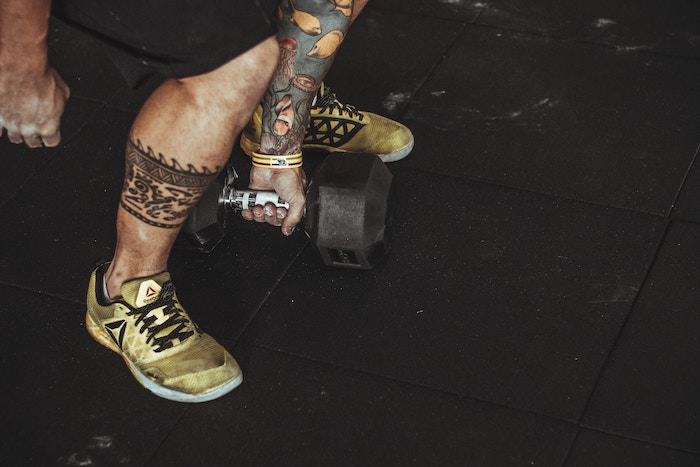
El que nada, no se ahoga
Ahora que ya sabemos lo que ocurre cuando nos ahogamos bajo presión, es hora de cambiar el enfoque. ¿Cuáles son las características de un rendimiento clave bajo presión? Todos conocemos alguna situación. El futbolista que mete un penalti decisivo para darle la victoria a su equipo. O ese atleta que, en su último intento, consigue levantar un peso que le da los 100 puntos. Swann et. al (2017) investigaron estos mecanismos para construir un modelo integrado de los estados mentales que se dan durante estas situaciones (he escogido unos pocos pues considero que se solapan muchos constructos de los que exponen)
Confía en tu entrenamiento
Estoy segura de que lo has oído antes, pero la ciencia apoya esta afirmación. Tanto procesos automáticos como controlados son requeridos para un rendimiento óptimo. Necesitas saber cuándo poner tu memoria operativa al límite y cuándo no.
Como sabemos, habilidades deportivas que acaparen muchos recursos de tu memoria de trabajo, incrementan las posibilidades de fracasar. Pero habrá situaciones que dependan de tu capacidad cognitiva para adaptarte a un evento incierto. Uno como “Chaos” (CrossFit Games 2018) requiere de todo lo que tu memoria operativa pueda ofrecer. No sabes ni las repeticiones ni los movimientos así que necesitas ir actualizando tu estrategia de forma continua si quieres esos 100 puntos. Eso significa que tu memoria operativa va a tener que trabajar a destajo para energizar procesos de ejecución, solución de problemas y toma de decisiones. Es un riesgo calculado que habrá que asumir en algunas circunstancias.
Por el contrario, habilidades motoras automatizadas sólo se verán perjudicadas cuando la autoconciencia inducida por presión haga acto de presencia. Un ejemplo de esto puede ser un evento de repetición máxima. Tú ya sabes cuánto puedes levantar. Lo has practicado millones de veces en una variedad de escenarios. Claro que tienes que jugar un poco con la estrategia pero cuando se trate de levantar, no puedes dar pie a la duda. Tu cerebro sabe muy bien cómo ejecutar el movimiento. Déjale hacer lo que tiene que hacer.
Mantente optimista y evita el pensamiento negativo
Del dicho al hecho… lo sé. Pero sigue siendo importante que lo tengas en mente. El diálogo interno, como vimos en otro post, guía nuestro procesamiento emocional e interactúa con nuestro rendimiento. Si lo mantenemos libre de negatividad, duda y baja confianza, nuestra tasa de éxito incrementará de forma significativa.
Percibe el control en tu ejecución
Otro aspecto comúnmente asociado a atletas que rinden bien bajo presión es una elevada percepción de control. Una ejecución exitosa depende de ellos mismos y nivel de concentración. Sin distracciones. Intenta apuntar tu locus de control hacia dentro en entrenamientos. Reducirás la incertidumbre cuando llegue la hora de competir. Si sabes lo que vales, tu rendimiento cumplirá con tu expectativa.
Christensen, W., Sutton, J., & McIlwain, D. (2015). Putting pressure on theories of choking: Towards an expanded perspective on breakdown in skilled performance. Phenomenology and the Cognitive Sciences, 14(2), 253-293.
Swann, C., Crust, L., Jackman, P., Vella, S. A., Allen, M. S., & Keegan, R. (2017). Psychological states underlying excellent performance in sport: Toward an integrated model of flow and clutch states. Journal of Applied Sport Psychology, 29(4), 375-401.

